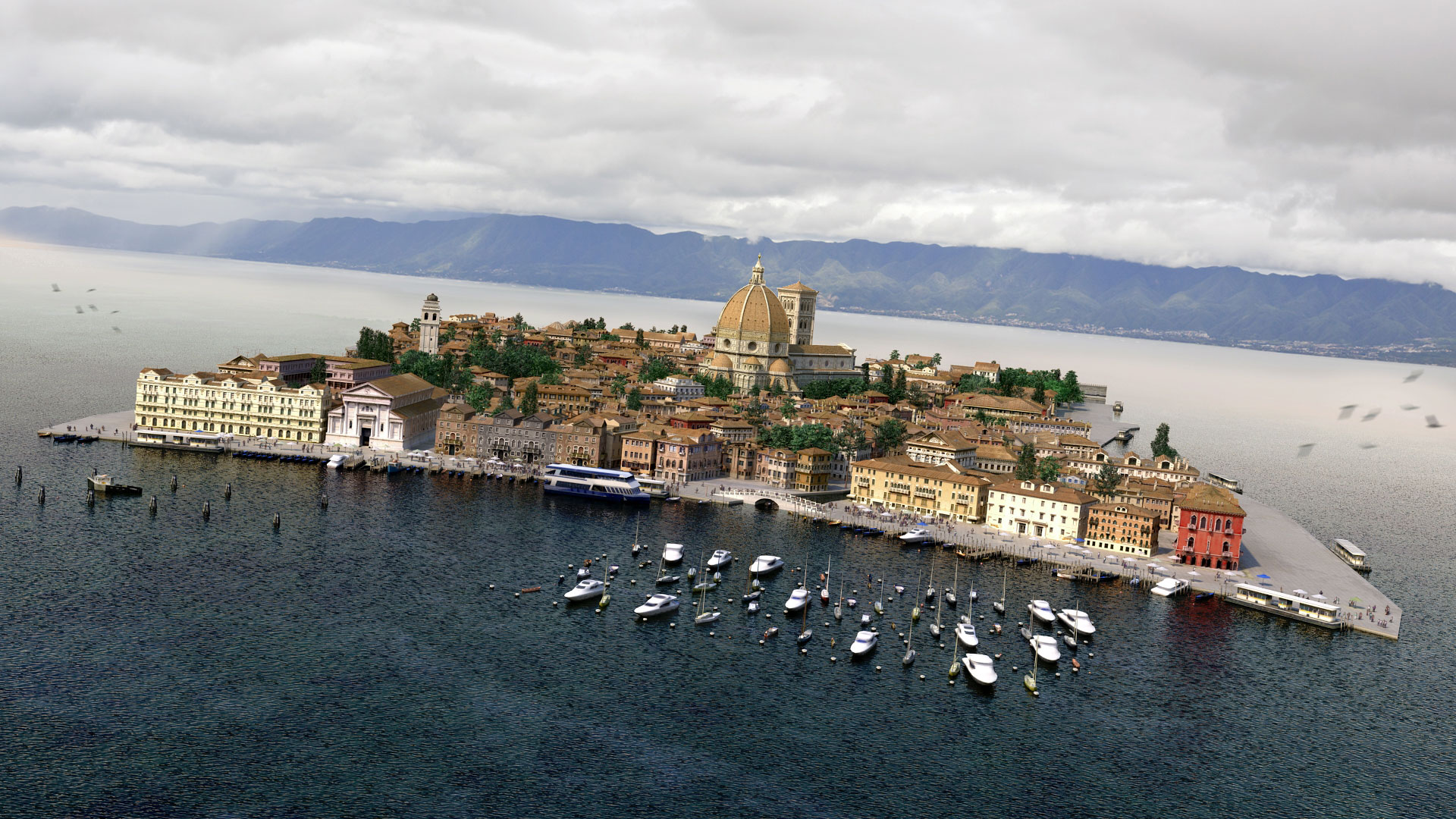
- Pdf آموزش visualizer 3d pdf#
- Pdf آموزش visualizer 3d install#
- Pdf آموزش visualizer 3d code#
- Pdf آموزش visualizer 3d zip#
dropoutNet: Set to 1 to train or use a pre-trained DropOutNet model. Pdf آموزش visualizer 3d code#
modelDirName: Name of the directory to save model and results of each run of the code. Pdf آموزش visualizer 3d zip#
zip files either manually or via running the code with the zip argument set to 1 Make sure you have unzipped the contents of the.
fromScratch: If set to 1 the code will load the 2D images to Torch tensors and save them onto disk. benchmark: Set to 1 if you want to use a benchmark data set (E.g. Before running the code make sure you specify a directory name for your model-to-be-trained by setting the input arguments: Use a to train new models or run experiments for a pre-trained model. GPU memory and RAM requirement could be reduced by setting nCh and maxMemory arguments to a smaller values respectively. You will need less than 2GBs of free GPU memory when using the model for running experiments ( 4_0_a). We recommend using a machine with ~200GBs of free storage (~60GBs if you're using ModelNet40), ~10GBs of memory and a GPU with ~5GBs of memory with the default arguments. Pdf آموزش visualizer 3d install#
Luarocks install cunn # for GPU support Hardware Requirements Want a system-wide installation, remove the The following installs luaJIT and luarocks locally in $HOME/usr. Installing Torch 1- Install LuaJIT and LuaRocks
 cudnn v6 or higher - git clone -b R7 & cd cudnn.torch & luarocks make pec. tSNE - For running the tSNE experiment. OpenCV - for final 3D-model reconstruction and visualization. xlua - Needed only when processing/preparing your own data set throught 1_a. Slides used for two invited talks at CVPR 2017 Vision Meets Cognition Workshop and MIT Vision Seminar (contains new results): Here Soltani, Haibin Huang, Jiajun Wu, Tejas Kulkarni and Joshua Tenenbaum This repository provides a Torch implementation of the framework proposed in CVPR 2017 paper Synthesizing 3D Shapes via Modeling Multi-View Depth Maps and Silhouettes with Deep Generative Networks by Amir A. Way-finding, travel, number of travel steps, and context switching.Synthesizing 3D Shapes via Modeling Multi-View Depth Maps and Silhouettes with Deep Generative Networks In terms of a time-cost model for the different components of navigation: We obtain a more nuanced understanding of the results by analyzing them However, which variation is superior, depends on the
cudnn v6 or higher - git clone -b R7 & cd cudnn.torch & luarocks make pec. tSNE - For running the tSNE experiment. OpenCV - for final 3D-model reconstruction and visualization. xlua - Needed only when processing/preparing your own data set throught 1_a. Slides used for two invited talks at CVPR 2017 Vision Meets Cognition Workshop and MIT Vision Seminar (contains new results): Here Soltani, Haibin Huang, Jiajun Wu, Tejas Kulkarni and Joshua Tenenbaum This repository provides a Torch implementation of the framework proposed in CVPR 2017 paper Synthesizing 3D Shapes via Modeling Multi-View Depth Maps and Silhouettes with Deep Generative Networks by Amir A. Way-finding, travel, number of travel steps, and context switching.Synthesizing 3D Shapes via Modeling Multi-View Depth Maps and Silhouettes with Deep Generative Networks In terms of a time-cost model for the different components of navigation: We obtain a more nuanced understanding of the results by analyzing them However, which variation is superior, depends on the 
Both zoom and overview provideīenefits over standard locomotion support alone (i.e., physical movement and Number of standard visual analysis tasks. Weįind significant differences in participants' response times and accuracy for a Visualization versus a zooming interface, each with and without an overview. Through physical movement and teleportation. We tested four conditions that represent our best attempt toĪdapt standard 2D navigation techniques to data visualization in an immersiveĮnvironment while still providing standard immersive navigation techniques We report theįindings of the first systematic study of immersive navigation techniques forģD scatterplots. Scale in immersive environments has not previously been studied.

However, how best toĮnable the analyst to navigate and view abstract data at different levels of Most common techniques are zoom+pan and overview+detail. Such techniques are well established in desktop visualization tools. Must provide techniques to allow the user to choose their viewpoint and scale.
Pdf آموزش visualizer 3d pdf#
Authors: Yalong Yang, Maxime Cordeil, Johanna Beyer, Tim Dwyer, Kim Marriott, Hanspeter Pfister Download PDF Abstract: Abstract data has no natural scale and so interactive data visualizations







 0 kommentar(er)
0 kommentar(er)
